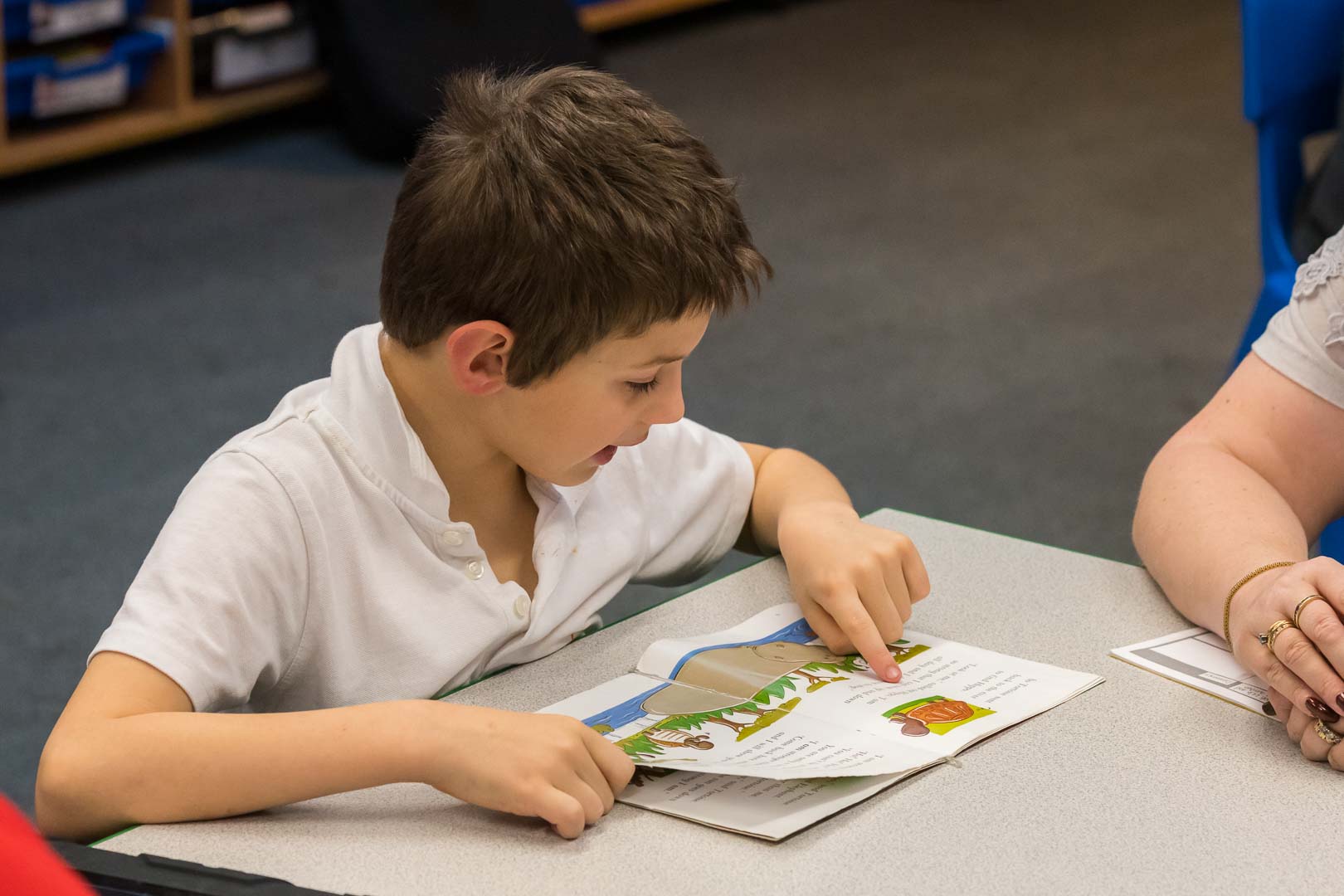Please find below home learning resources:
Key Stage 4 English Home learning term 3 week 4
Of my creation and creator, I was absolutely ignorant, but I knew that I possessed no money, no friends, no kind of property. I was, besides, given a figure hideously deformed and loathsome; I was not even of the same nature as man. I was more agile than they and could subsist upon coarser diet; I bore the extremes of heat and cold with less injury to my frame; my stature far exceeded theirs. When I looked around I saw and heard of none like me. Was I, then, a monster, a blot upon the earth, from which all men fled and whom all men disowned?
In this extract the monster explains how he feels; He know nothing about Victor Frankenstein his ‘creator’ or how he came to be made, his “creation”. He had no money or friends, he had nothing, no home, no place to sleep or feel safe. He thought he was very ugly (hideous) and he knew that people were afraid of him. He was bigger, stronger and fitter (agile) than ordinary men and could eat any food. He could survive extreme cold or hot weather. He felt different to everyone else and hid from people as they were so scared of him. He felt lonely and unwanted. I am beginning to feel very sorry for this monster, are you?
Use a dictionary to look up the highlighted words to help your understanding. Write down the definitions in your best handwriting.
The Monster
- In this extract, the Monster reflects on its origins (how he began). While we might expect what it says to be simple, the Monster has a wonderful vocabulary and is thoughtful, expressing his inner feelings, perhaps, better than any other character in the novel.
- The sentences used are complex and full of subclauses which highlight the Monster's power with words.
- Much use is made of semicolons to help the readability of the complex sentences.
- The 'rule of three' is used (no money, no friends, no kind of property) to make the Monster's argument more memorable.
- At the end of this passage, a rhetorical question is used, which invites the listener (in this case Victor and therefore Walton) and the reader (us) to agree with the argument. The monster is very good at making a persuasive argument.
Frankenstein (3/8) Movie CLIP - Meet the Monster (1931) HD - Bing video
Watch this movie clip from the 1931 version of the story. The monster in this film is very different to the one in the book and the film that we have watched before.
Write down the differences that you have noticed.
|
Compare the monster character in different versions of the story. |
Monster in the story/modern version |
1931 version of the monster |
|
What does he say?
|
|
|
|
How does he act?
|
|
|
|
Strength
|
|
|
|
Actions
|
|
|
Frankenstein was Mary Shelley's first novel and also her most famous. Despite being only 18 when she first came up with the story (it was published just two years later) she demonstrates a sophisticated (clever and stylish) use of language of a writer with many more years of experience.
You can email your completed work to me via office@ifield.kent.sch.uk so that I can mark your work and support you. I am very happy to answer any questions or just let me know how you are getting along.
Keep safe and well
Mrs Hargood 😊



















